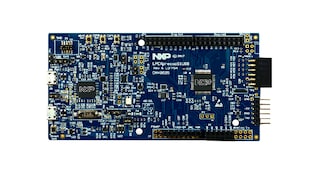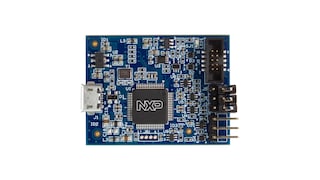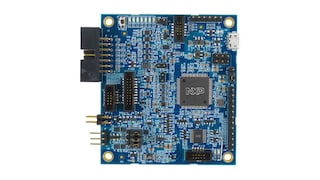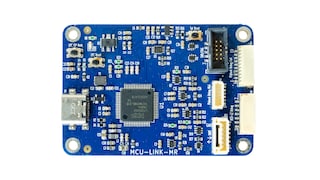
Ultra-Low-Power, Highly Integrated MCU
Based on the highly energy-efficient Arm® Cortex®-M0+ core and operating at CPU frequencies of up to 150 MHz, NXP’s 32-bit LPC51U68 microcontrollers for embedded applications feature larger memory resources including 96 KB of on-chip SRAM and 256 KB of on-chip flash programming memory with flash accelerator.
NXP’s LPC51U68 MCU features added performance, expanded memory resources and flexible serial port configuration, including USB connectivity, bringing design flexibility, computing performance and integration into today’s demanding IoT and industrial applications. In addition, this MCU is pin compatible with the LPC5411x and LPC5410x MCU families providing scalability options to Arm Cortex-M4 cores.

Note: To see the product features close this window.
|
|
|
|
|
|
|
|---|---|---|---|---|---|
|
|
|
|
|
|
|
|
|
|
|
|
|
|
|
|
|
|
|
|
|
|
|
|
|
|
|
|
|
|
|
|
|
|
|
|
|
|
|
|
|
|
|
|
|
|
|
|
|
|
|
|
|
|
|
|
|
|
|
|
|
|
|
|
|
|
|
|
|
|
Quick reference to our documentation types.
1-10 of 11 documents
Compact List
Please wait while your secure files are loading.
2 design files
Receive the full breakdown. See the product footprint and more in the eCad file.
Please wait while your secure files are loading.
4 hardware offerings




Quick reference to our software types.
1-5 of 7 software files
Note: For better experience, software downloads are recommended on desktop.
Please wait while your secure files are loading.